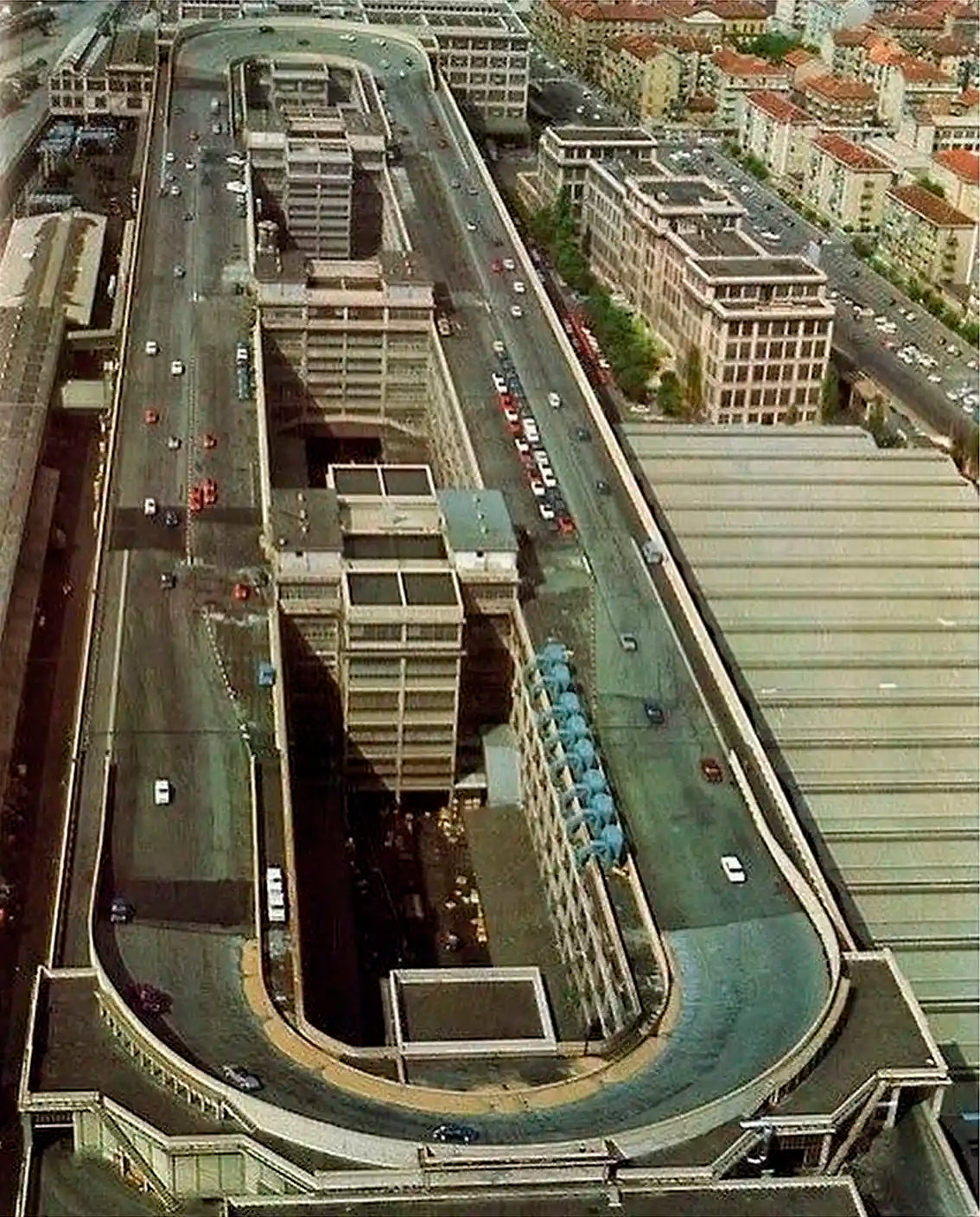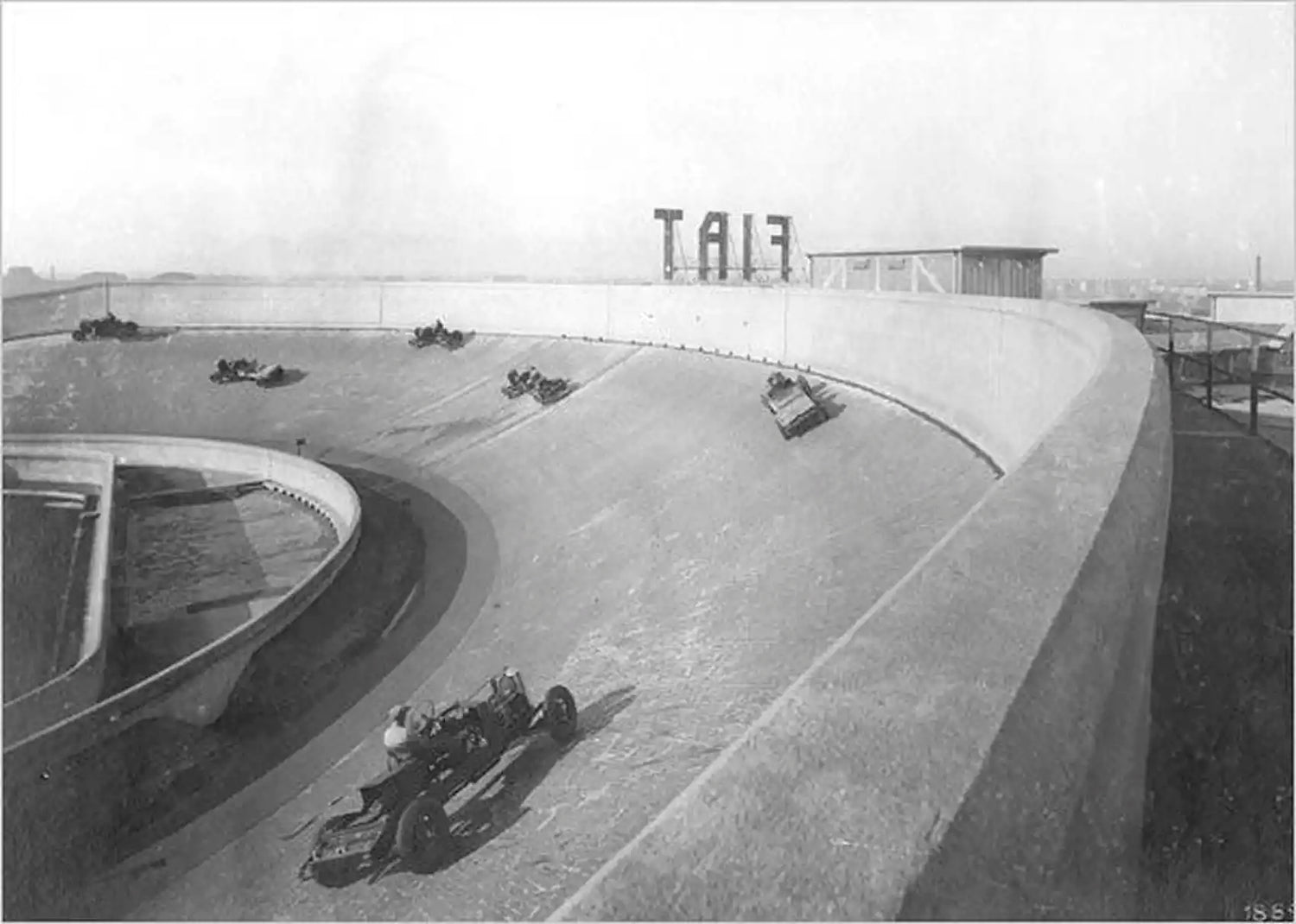A Century-Old Revolution in Car Manufacturing
Picture this: It’s the 1920s in Turin, Italy. The automotive industry is booming, and Fiat is about to change the game forever.
Enter Lingotto, a factory unlike anything the world had seen before. Five floors of pure industrial genius, where raw materials entered at the ground level, and finished cars rolled out on the rooftop—straight onto a freaking test track.
Yes, you read that right. A rooftop racetrack.
Designed by architect Giacomo Matté-Trucco, this beast of a factory was a modernist masterpiece. It wasn’t just a place to build cars—it was a symbol of ambition, speed, and cutting-edge engineering.
From Automotive Powerhouse to Cultural Icon
For decades, Lingotto pumped out legendary Fiat models, becoming the heart of Italy’s auto industry. But by the 1970s, production methods evolved, and the factory’s time was up.
Did Fiat demolish it? No way. Instead, they called in Renzo Piano, the world-famous architect, to give it a second life.
Today, Lingotto is a shopping mall, business center, and home to the Pinacoteca Agnelli, an art gallery showcasing masterpieces by Picasso, Matisse, and Canaletto. And guess what? That legendary rooftop track is still there—you can walk it, breathe in the history, and imagine vintage Fiats racing under the Turin sky.

Lingotto’s Legacy: Speed, Innovation, and a Timeless Vibe
Lingotto wasn’t just a factory—it was a statement. It showed the world that cars weren’t just machines; they were a fusion of design, power, and human ingenuity. Even today, this place remains an icon of transformation, proving that great ideas never truly die—they just evolve.
So, next time you’re in Turin, forget the usual tourist spots.
Go stand on that rooftop track, close your eyes, and listen.
If you’re lucky, you might just hear the ghost of a vintage Fiat, tires screeching, engine roaring, racing toward the future.






